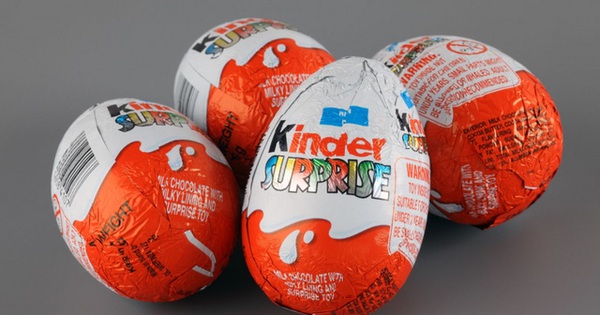“When it comes to scorpions, the bigger the better,” Indiana Jones said in the episode Indiana Jones and the Kingdom of the Crystal Skull. As it turned out, Jones’s knowledge was correct.
A team of researchers at the National University of Ireland put that idea to the test, finding that smaller scorpions with smaller claws have more powerful venom than larger species. According to the university, there are more than a million cases of people being stung by scorpions each year and thousands of deaths.
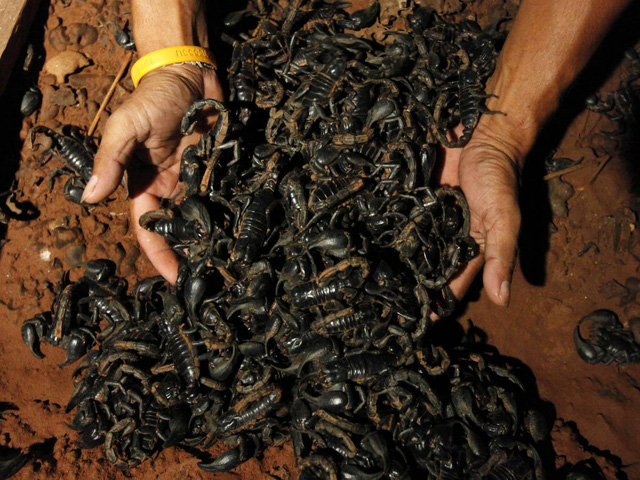
The team analyzed 36 species of scorpions, including the death scorpion (Leiurus quinquestriatus), the rock scorpion (Hadogenes granulatus), the bark scorpion (Scorpion Centruroides noxius), the Israeli yellow scorpion (Scorpio maurus). .. They found that the smallest species has a venom 100 times stronger than the largest species.
Their analysis included measurements of the average length of scorpions, as well as their venom potency. The results confirmed Jones’ knowledge to be correct – the smaller the scorpions, the more dangerous their venom, and vice versa.
The Brazilian golden scorpion, usually 5-7.5 cm in length, has a venom 100 times more potent than the rock scorpion, which can reach up to 20 cm long.
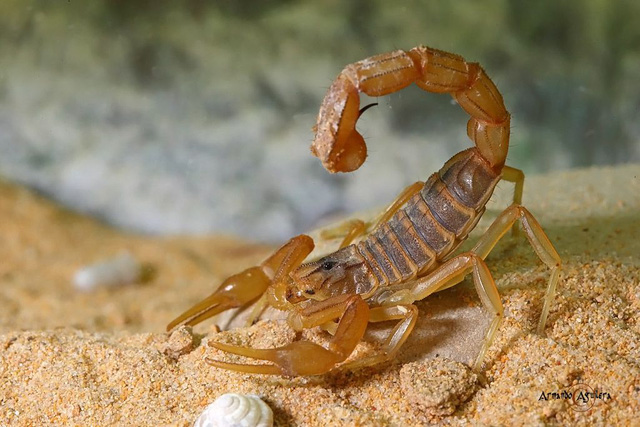
Dr Healy said: “When we looked at the deadliest scorpion venom, we found they tended to belong to species like the relatively small death scorpion. In contrast, the largest species such as stone scorpions have venom that causes only mild pain.”
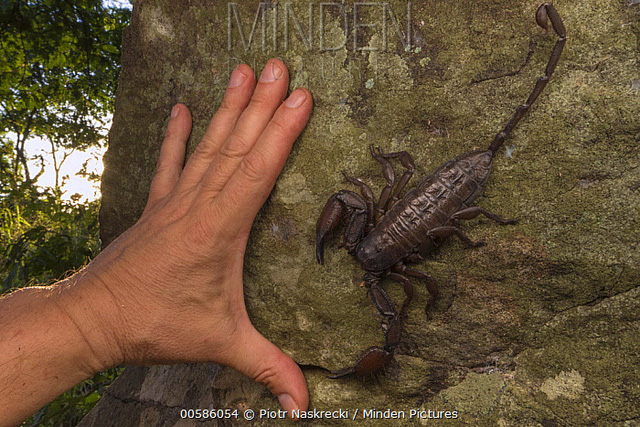
However, it’s not just body size – pairing size is also correlated.
For example, research found that the South African thick-tailed scorpion is 10 times more venomous than the Israeli golden scorpion, despite having significantly smaller pairs of claws.
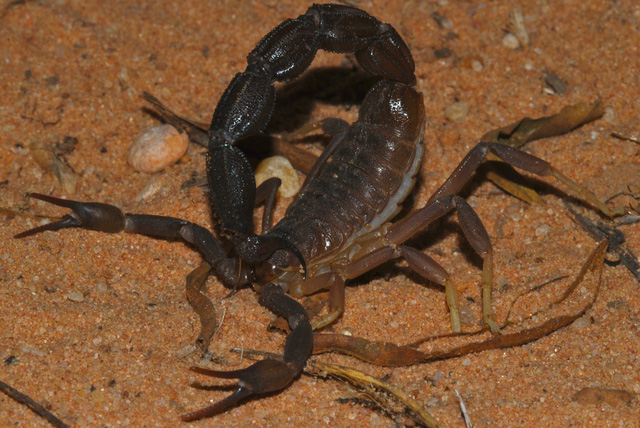
South African thick-tailed scorpion
Alannah Forde, lead author of the study, said: “Not only did we find that the larger the scorpion, the safer it was, we also found that the larger the pair, the lower the risk.”
“While species like the Israeli golden scorpion can be small to medium in size, they rely heavily on large claws rather than relatively weak venom.”
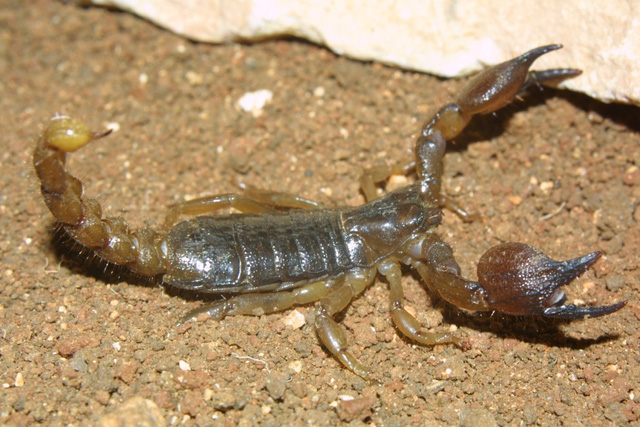
Scorpions use both their venom and claws to capture prey and defend themselves.
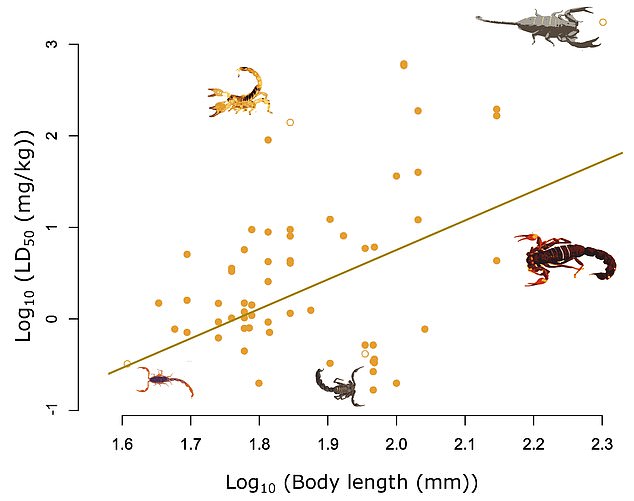
The team analyzed 36 species of scorpions, including the death scorpion (Leiurus quinquestriatus), the rock scorpion (Hadogenes granulatus), the bark scorpion (Scorpion Centruroides noxius), the Israeli yellow scorpion (Scorpio maurus). .. They found that the smallest species has 100 times more venom than the largest species.
According to the researchers, the findings suggest that there is an evolutionary trade-off between the two weapons. Species that use more energy for the larger pair will have less energy for the venom.
This has resulted in large scorpions with giant claws being able to take advantage of their physical size and depend less on venom, and that smaller species with tiny claws have developed venom. stronger poison.

According to a 2008 study, there are more than 1.2 million scorpion stings each year, resulting in more than 3,250 deaths.
The team hopes their findings will help develop better medical methods for scorpion venom.
Dr Michel Dugon, the study’s author, said: “As scientists, it’s our job to put social concepts to the test.”
“Most of the victims hospitalized with severe symptoms after being stung by a scorpion are children under the age of 15.”
“Identifying the species that caused the sting is essential to providing the correct treatment, and a simple rule like ‘bigger is better’ is a small first step toward saving lives.”
Reference: Mail
at Blogtuan.info – Source: Soha.vn – Read the original article here


